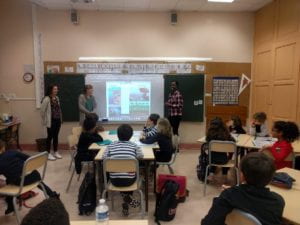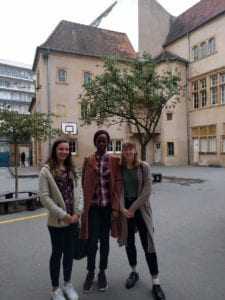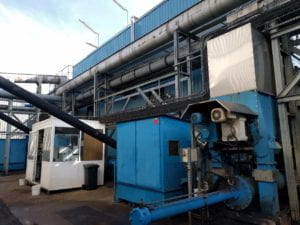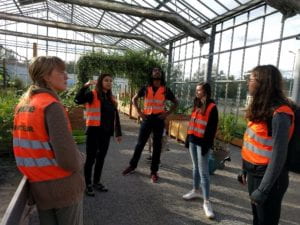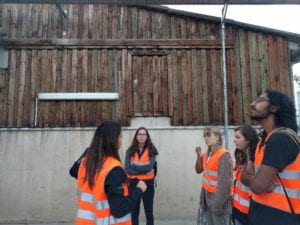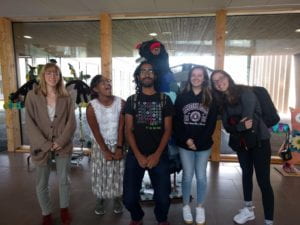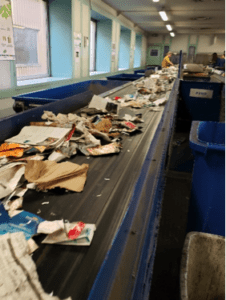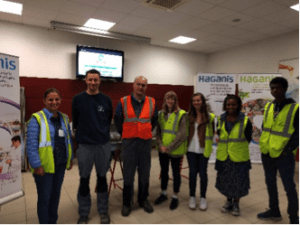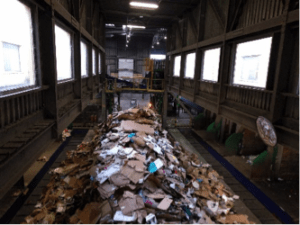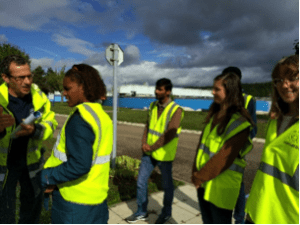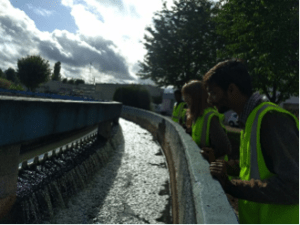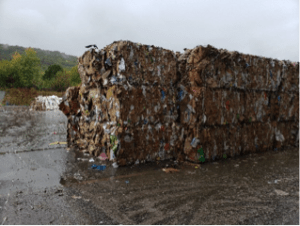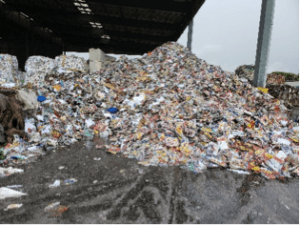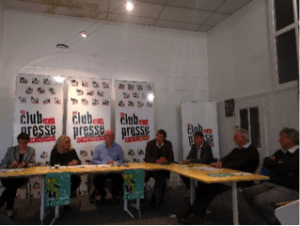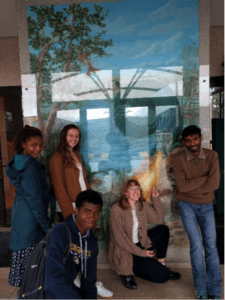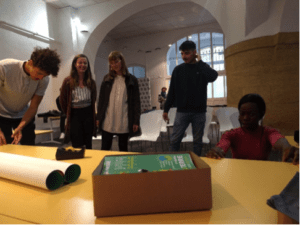Long time, no see! It’s that time of the semester: it’s starting to get a little colder, sleep deficits are increasing, and fall break is just around the corner. For the past three weeks, the other SLS students and I have been discussing social issues; for example, we’re discussing poverty, domestic and other types of violence, religious persecution, or racial/ethnic persecution as well.
Why? The class is supposed to be about sustainable development, no?
It is; it just so happens that social equality, a healthy society is the third pillar of sustainable development, according to the Agenda 21. We’ve met and volunteered with some ecologically focused projects/associations (like composting with JJ), and did the same with associations focused around mobility (like Metz à Vélo). For the third part of our semester, we’re visiting some organizations around Metz that help people in precarious situations.
The first organization that we met was the Club Unesco in Metz. They came to our class one day and led a workshop with us, teaching us the different types of discrimination, the prejudices that cause that discrimination and potential/existing solutions to combat said discrimination. They were passionate and knowledgeable, only hesitating to answer questions when they were trying to figure out how best to explain it to a bunch of non-native French speakers. They’re taking a trip around Europe over the fall break (Oct. 25 to Nov. 3) in order to teach others, children and other university students like us, about discrimination, as well; unfortunately, all of the members of the SLS program hade made plans for the fall break, so we won’t be joining them. We look forward to seeing the result of their workshops, though.
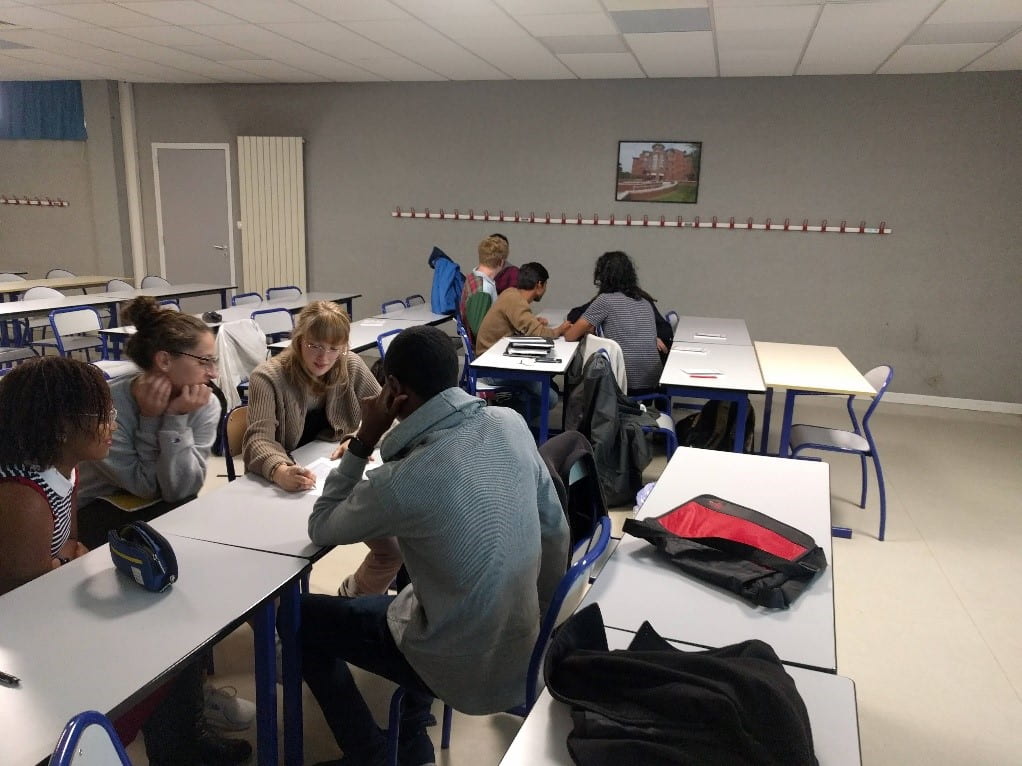

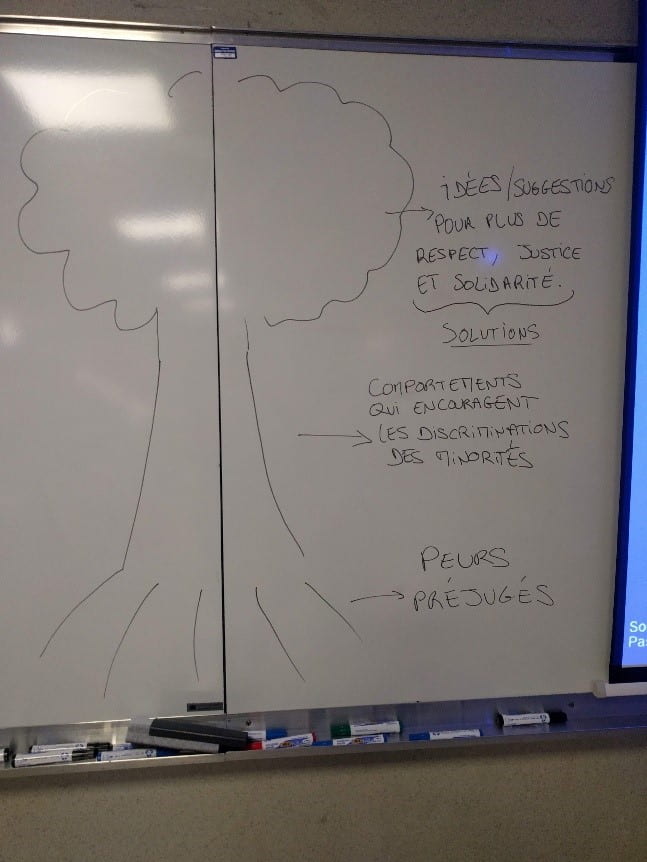

The second organization that we visited was called Carrefour (and no, I don’t mean the popular European grocery store). Carrefour is an organization dedicated to housing, educating, and nationalizing immigrants, young adults (around 18-25 years old), and women who come to France seeking asylum from some form of violence or persecution. They have three types of facilities: one is for young adults (along with a separate facility for young women), a majority of which are illiterate and only able to speak their native language or broken English, the second is for university students seeking affordable housing while getting their degree, and the third is a youth hostel that you can sleep in for free. They’re dedicated to improving the life of every person that comes to them for help, and they get all of it done with only about 100 volunteers. We’ll be going back to participate in a game of soccer and teach them a little about the history of the USA. They encourage all of the children that they house to further pursue their education or try to hook them up with a job at the age that they’re ready. They don’t just alleviate their problems in the present; they teach them to take control of their own lives, how to alleviate their own problems in the future. They encourage the artistic, mathematic, kinesthetic children alike, and try to foster a positive environment for them to regain their footing. I was excited by these people and they helped me to fully understand why society should be included as the third pillar to a sustainable society: people who have a passion for living and the skills to do it will take more care in what they do. Education is extremely important to our cause! Don’t forget it.
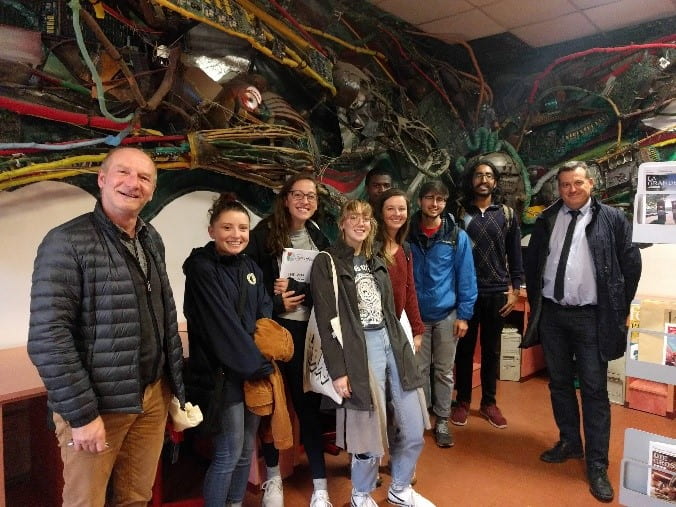
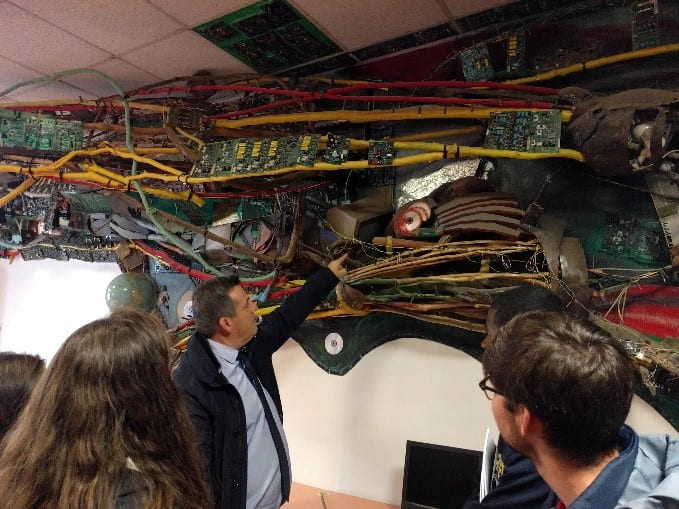
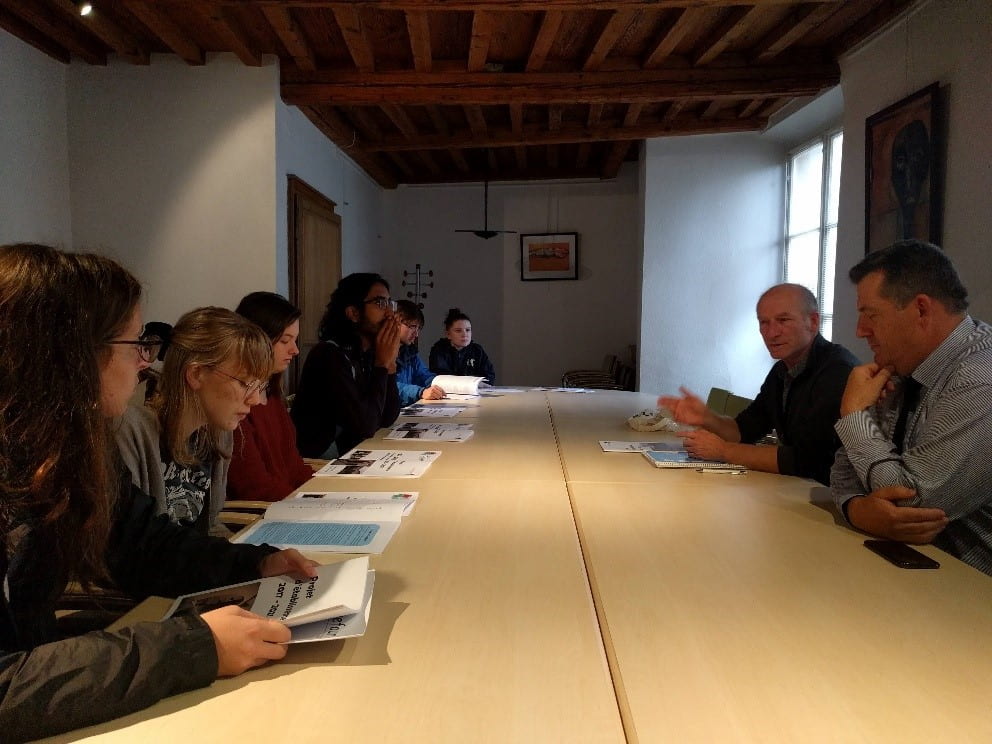
We visited another organization the next week that also offers housing, but it’s a little different from Carrefour. Secour de Catholique operates as part of the catholic church in Metz and offers housing, meals, and help with nationalization (gaining citizenship in France) or, even, helping with work. This still seems pretty similar to the work that Carrefour does, but Secour de Catholic works with adults over the age of 25 years old (not young adults or children like Carrefour). On an average day, they open for breakfast around 8h30, which you can purchase for €0.50, then move on to one of the various types of workshops they have (art, studies, cooking, etc.), and then moving on to a dinner (also offered at a cheap price). The workshop room was filled with the art that’s been made by the people working with Secour; it was my favorite part of the visit. Some of the paintings were really beautiful and full of emotion. I’m really happy that a place like this exists, to help people still create something beautiful when they don’t have the resources.
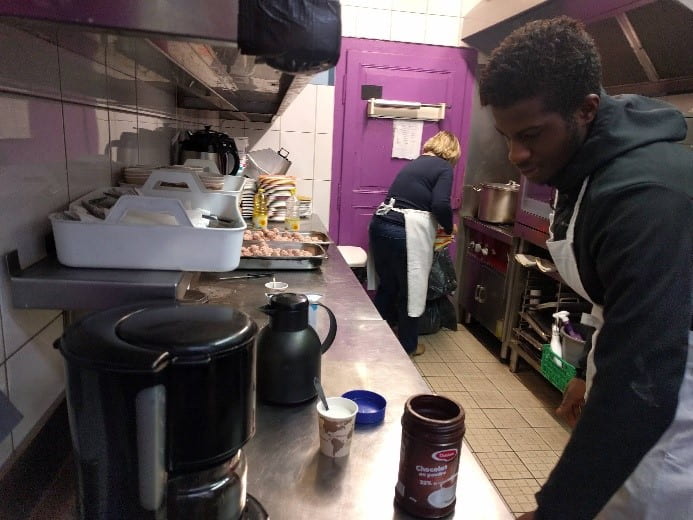


Unfortunately, I won’t be able to tell you about cool, French stuff next week because I’ll be on vacation (like I’m not already). I’m going to be traveling to Berlin, Vienna, and Budapest over the fall break, which lasts a little more than a week. Don’t miss me too much. Au revoir!

